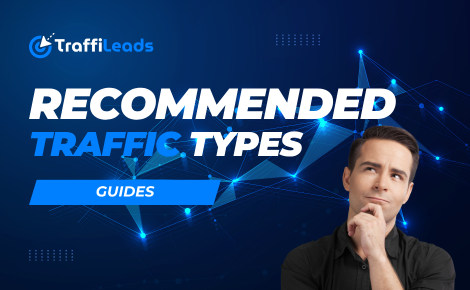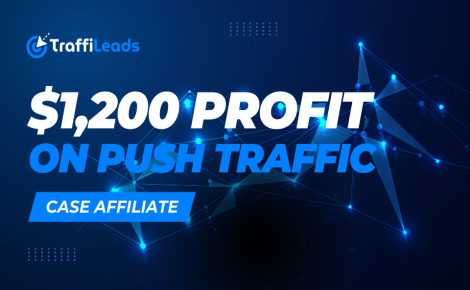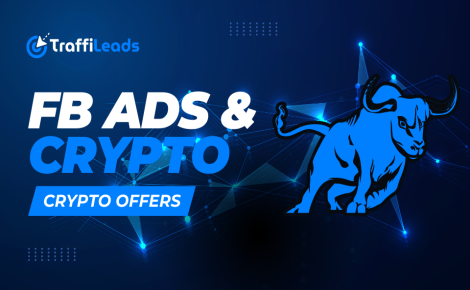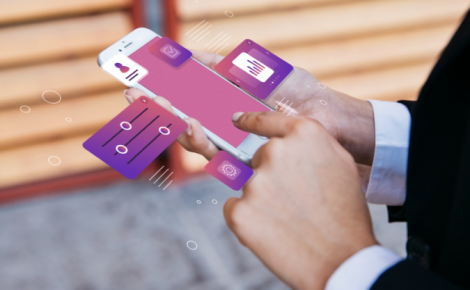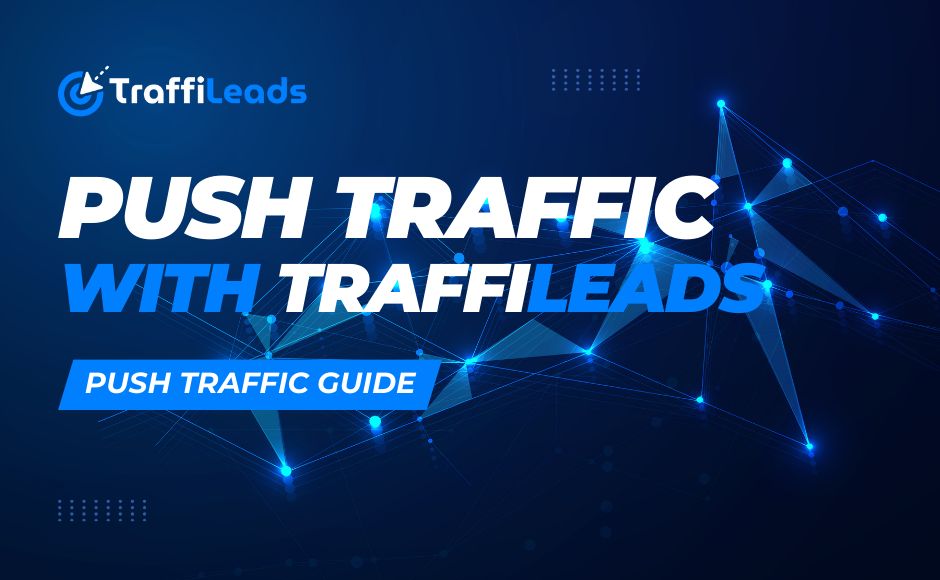
01
Sep
Push Campaign



Step-by-Step Guide: Launching Push Campaign with TraffiLeads Offers
Push notifications hold a special place in digital marketing: thanks to their effectiveness and ease of use, they remain an indispensable tool for advertisers and affiliates. In 2025, push notifications are still a relevant format for affordable and effective audience acquisition.
TraffiLeads affiliate network experts share their experience and secrets of successful push campaigns. You’ll learn how push advertising works, how to choose the right verticals and launch a high-converting campaign, and what trends to watch out for to stay ahead of the competition this year.
From crafting engaging creatives to optimizing targeting, we’ve got you covered with actionable tips to maximize your results. Ready to reveal all and boost your ROI? Read on!
What are Push Notification Ads?
Push advertising is a format of advertising that is delivered directly to users’ devices through browsers. These ads are designed to look like native system notifications, seamlessly blending into the user’s experience. This appearance makes them feel less intrusive and more familiar to users.
This makes desktop and mobile push notifications advertising a powerful tool for instant interaction with your audience, allowing you to engage users on their mobile devices without requiring them to visit your site.
One of the main benefits is that users subscribe to push notifications voluntarily, so they choose to receive updates which means higher engagement and trust. In 2025 push notifications are growing in popularity and here’s why: low cost, high engagement, global reach, and easy moderation process.
Push Notifications and Push Ads: Are They the Same?
Push notifications and push ads seem similar but are different and have different use cases. Both deliver messages to the user’s device but have different goals and are used differently. However in everyday practice arbitrage marketers often use both terms to refer to advertising on push notifications instead of distinguishing between system alerts from apps and commercial push ads. So while there’s a technical difference — push notifications serve app or website updates/alerts and push ads promote products or services — the terms are used interchangeably in affiliate marketing.

What do Push Ads Consist of?
Each element of push notification plays a crucial role in the campaign success. Optimizing these elements can increase clicks, engagement and conversions. Let’s break down the key components of push advertising.
1. Icon
Small image displayed on the left of the title. This can be the brand logo or symbol that helps the user to identify the source of the notification.
2. Title
Title is the first element that grabs attention. Its job is to hook the user in seconds.
Recommended title length is 30-40 characters so it can fit on the screen. Short and descriptive titles increase the chances of click.
3. Description
Main notification text should be short but informative, highlighting the value proposition.
Ideal length of the main text is around 100 characters. This allows to convey the message without overwhelming the user with information.
4. Picture:
Main image that complements the text and enhances visual perception. Usually an image related to the product or offer.
On desktops push notifications appear in the corner of the screen like system alerts, on mobile devices they appear as pop-up messages that briefly appear on the screen, often at the top or center. Mobile push ads generate more traffic than desktop ones so mobile is a key channel for advertisers. Because of the compact design and native look there’s no need for a big image — just an engaging icon.
Pros and Cons of Push Ads
Push ads is one of the most popular digital marketing formats, getting more traction due to its accessibility, instant user interaction and high CTR. However like any format it has its own set of advantages and disadvantages.
Advantages of Push Advertising
High Visibility
Notifications appear directly on mobile or desktop screens, in the same area where users usually see messages from apps, making them hard to miss. This ensures real-time engagement and high visibility, unlike banners or emails which are easier to ignore.
Less Competition for Attention
Since notifications appear outside of the main content area, they don’t face the same competition as banners or native ads which might be ignored by users.
Easy Moderation
Push ads go through an easier moderation process than other ad formats (for example, Facebook Ads). So campaigns can get approved and launched quicker, giving advertisers more flexibility and speed.
Low Cost
Push ad is one of the cheapest formats, especially compared to contextual or social media ads. Cost per click (CPC) for push ads is often lower than other channels, so it’s good for small and medium businesses with limited budgets. For example, CPC on the push networks starts at $0.005.
Availability Across Platforms
Push notifications work on mobile devices and desktops so you can reach different audience segments.
Easy Targeting for Various Geos
Push ad networks have detailed geo-targeting settings so this format is good for global campaigns.
Disadvantages of Push Notifications Advertising
User Irritation
If users receive too many push notifications, it can cause irritation and unsubscriptions or blocked notifications. So be careful with frequency settings when launching your campaigns.
Short Text
Push notifications have limited text space. Advertisers need to be concise in their messaging and creative in their CTAs. However, for desktop push ads, you can add additional text to the main image.
Ad Blockers
Some users may block push ads or turn off notifications through browser or system settings. This means the advertiser may not reach a certain part of their audience especially if users are heavy users of blockers.
How to Start a Push Ads Campaign
So now you know all about push ads and how they can be used, it’s time to put this into action!
While the technology behind push ad notifications may appear incredibly complicated, starting your first push ad campaign is surprisingly simple.
In many ways, it’s not unlike creating any other campaign.
You’ll need 4 things:
1. Sign up for free
2. Choose your offer and GEO
3. Get your affiliate link
4. Choose your traffic source and start a campaign (ask for recommended traffic sources in our Telegram chat and our support team will provide them to you)


Choose a niche to focus on
Once you’re familiar with the landscape, your next step is to choose a niche or industry known as ‘Verticals.’
Popular verticals on TraffiLeads include Trading, Finance, Investments and Software.
Create your first budget
Lastly, it’s important to discuss finances. Understanding the typical costs of launching affiliate marketing campaigns is essential for proper planning.
Starting in affiliate marketing requires some initial investment. Before launching your first campaign, decide how much you can afford to spend in your budget.
Note from TraffiLeads: some CPA offers we have in stock don’t require big budgets and allow you to begin with minimum amounts – about $50 or so.
Start your affiliate marketing journey today
Now that you’ve learned the fundamentals of how to start an affiliate marketing business, it’s time to put this knowledge into action. Use the tools and strategies discussed to launch your first campaign.
Focus on choosing the right CPA offers, selecting effective tools, and continuously testing and optimizing your efforts. Start small, learn as you go, and grow your affiliate marketing into a profitable venture.
Ready to begin? Your affiliate marketing journey starts now.


